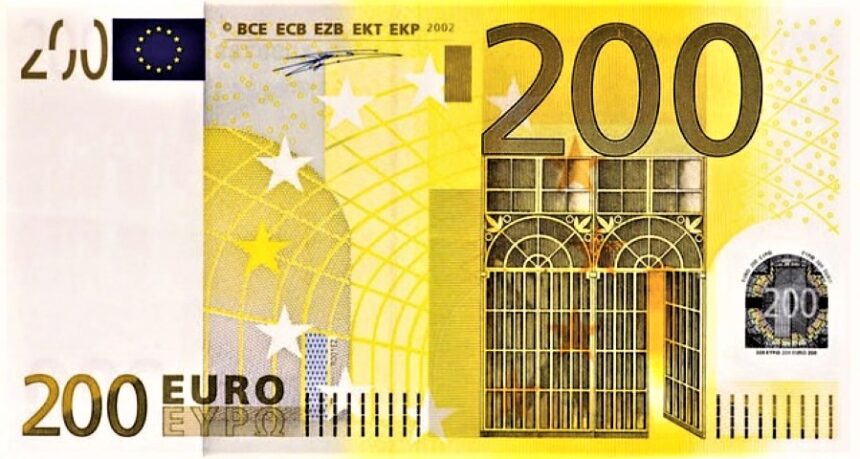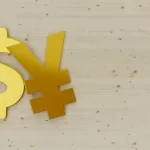EURUSD Clings to Gains as Trump Strikes Fed’s Independence.
EURUSD remains resilient near the 1.1500 handle in Tuesday’s European session, consolidating recent gains as market participants absorb growing political tension in the United States. A fresh wave of criticism by former President Donald Trump against the Federal Reserve, particularly Fed Chair Jerome Powell, has rocked the currency markets. With the US Dollar reeling under the pressure of political interference and safe-haven skepticism, the Euro capitalizes on the Greenback’s vulnerability despite the dovish outlook from the European Central Bank (ECB).
The currency pair is now approaching a pivotal juncture as traders assess how ongoing US political uncertainty and imminent Eurozone economic data could shape its next trajectory.
Trump’s Feud with the Fed Intensifies
In a controversial post on TruthSocial, Trump once again lambasted Jerome Powell, labeling him “Mr. Too Late” and blaming him for the potential slowdown in the US economy. Trump’s demand for immediate interest rate cuts, despite a resilient labor market and sticky inflation, has reignited concerns about the politicization of US monetary policy.
> “There can almost be no inflation, but there can be a SLOWING of the economy unless Mr. Too Late, a major loser, lowers interest rates, NOW,” Trump wrote, triggering market volatility.
While the Federal Reserve designed to function as an independent institution, Trump’s threats to remove Powell—over a year before his term ends—have revived fears from his previous presidency, when similar attempts to influence the Fed roiled financial markets.
Although legal scholars argue that Trump may not have the authority to unilaterally sack Powell, the rhetoric alone is enough to undermine investor confidence. The possibility of direct interference in Fed policy decisions could distort monetary tools and shake the credibility of US economic stewardship.
The Impact on the US Dollar: Safe-Haven No More?
The US Dollar Index (DXY), which gauges the performance of the Greenback against a basket of major currencies, dropped to a fresh three-year low near 98.00. Historically considered a safe-haven asset, the USD now being scrutinized under the lens of political risk.
With Trump’s attacks casting doubt on Fed independence, global investors are questioning the structural reliability of US monetary policy. Political meddling can significantly impair the Fed’s ability to act credibly against inflation or economic shocks. Consequently, the erosion of institutional trust makes the USD less appealing as a global reserve currency—offering support to alternative majors like the Euro.
Trade War Tensions Compound Dollar Weakness
Adding fuel to the fire, Trump announced a 90-day pause on reciprocal tariffs as he awaits “fair deal” responses from key trading partners. However, the truce has done little to calm nerves amid the broader US-China trade war, which continues to hamper global trade flows and manufacturing activity.
The lingering uncertainty is already feeding into weaker business investment and consumer sentiment. As importers face higher costs due to elevated tariffs, these costs are passed down to US consumers, eroding disposable income and threatening a slowdown in consumer-driven growth.
The combination of trade anxiety and Fed-political tension is proving toxic for the Greenback—providing a medium-term tailwind for EURUSD.
ECB Policy Outlook: Dovish, But Predictable
Across the Atlantic, the ECB is navigating its own economic headwinds. The central bank widely expected to cut interest rates again in June, following its seventh consecutive reduction last week. Analysts have grown increasingly convinced that inflation in the Eurozone will remain subdued amid global economic fragility and trade disruptions.
ECB President Christine Lagarde struck a cautious tone during her post-meeting press conference, acknowledging that “the economic outlook clouded by uncertainty.” She warned that downside risks have intensified due to weak global demand and geopolitical tensions.
“Trade disruptions will weigh on business investment,” Lagarde said, highlighting the vulnerability of export-heavy Eurozone economies like Germany and the Netherlands.
This dovish stance may cap EURUSD’s upside potential, but in the current environment, the Euro is gaining not on its own strength, but on the USD’s weakness.
Citi Forecasts: Tame Inflation, Sluggish Growth
According to recent projections by analysts at Citi, Eurozone inflation is expected to average 1.6% in 2026 and 1.8% in 2027—well below the ECB’s 2% target. This tepid inflation outlook reinforces the view that rates will stay low for an extended period, possibly even into 2026.
Despite the dovish trajectory, markets had already priced in a June cut, making the Euro’s reaction relatively muted. The broader narrative of EURUSD now being dictated more by the Fed’s political chaos than the ECB’s predictable easing path.
What’s Next for EURUSD?
Looking ahead, traders will closely watch the preliminary Purchasing Managers’ Index (PMI) data for April, due Wednesday. These data points will provide fresh insight into business activity and manufacturing momentum in the Eurozone.
A better-than-expected PMI print could help the Euro build on its gains, especially if it suggests resilience in services and industrial output despite external trade headwinds.
In the United States, investors will continue to parse every word from Trump and Fed officials. Any signal of further political interference could accelerate USD outflows and strengthen EURUSD further.
Technical Outlook: EURUSD Bulls Eye 1.1550
Technically, the pair remains well-supported above the 50-day and 200-day moving averages. A decisive breakout above 1.1500 opens the door to 1.1550 and possibly 1.1600 in the near term. Key support lies at 1.1420, with stronger demand expected near 1.1350.
Momentum indicators such as RSI remain in bullish territory, although slightly overbought conditions suggest some consolidation could precede the next leg higher.
Conclusion: Political Turbulence Dominates the EURUSD Narrative
The battle for control over monetary policy in the United States has added a volatile political dimension to the FX landscape. As Trump escalates his criticism of the Fed and threatens Powell’s tenure, the US Dollar’s reputation as a safe, dependable asset is deteriorating.
While the ECB remains dovish, it is at least predictably so. That relative policy stability, combined with the USD’s institutional risks, provides the Euro with an unlikely upper hand in the near term.
Unless Powell or other Fed officials explicitly signal a policy shift—which seems unlikely—the EURUSD pair could continue to float higher, especially if Eurozone data surprises to the upside.







